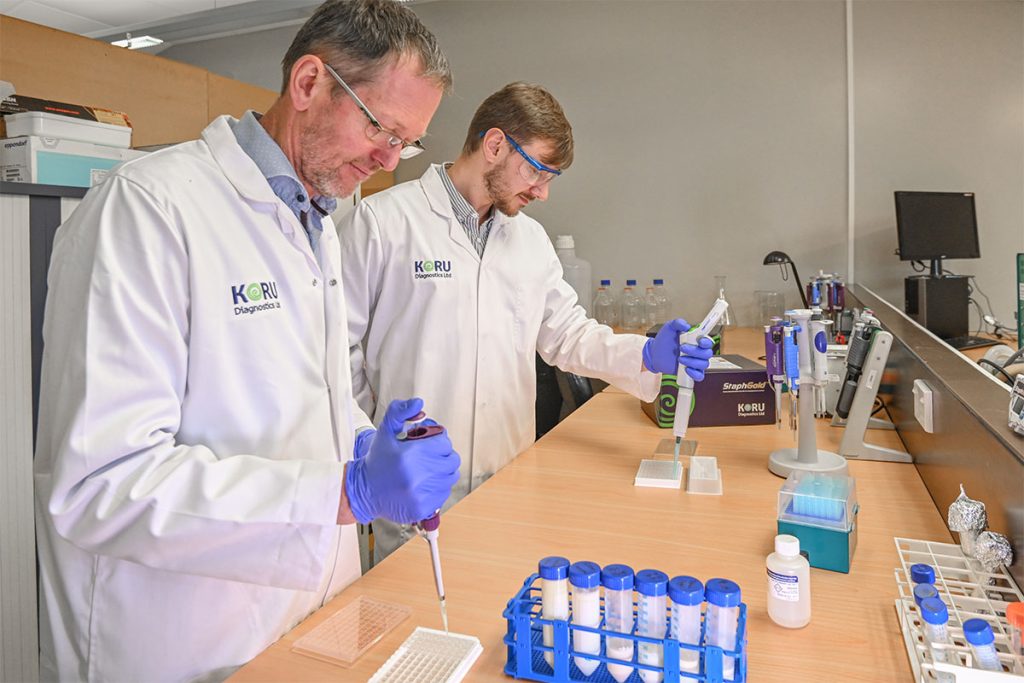One of the important features of an S. aureus infection is that shedding of the pathogen into milk is highly variable. Times of high shedding can quickly become times of low or no shedding in an almost cyclical way.
This means that S. aureus cannot always be detected by microbial culture or PCR analysis, despite the animal being infected. In these cases, either the pathogen cannot be found in the sample, or it exists at levels below the test’s limit of detection.
This is where the StaphGold® ELISA has a real advantage; antibodies to S. aureus are not affected by shedding patterns and constantly found in the milk of infected animals, so you are more likely to detect infected animals the first time you look for them. Test sensitivity is an important feature of a screening tool to help farmers prevent uncontrolled spread of a contagious pathogen within their dairy herd.


